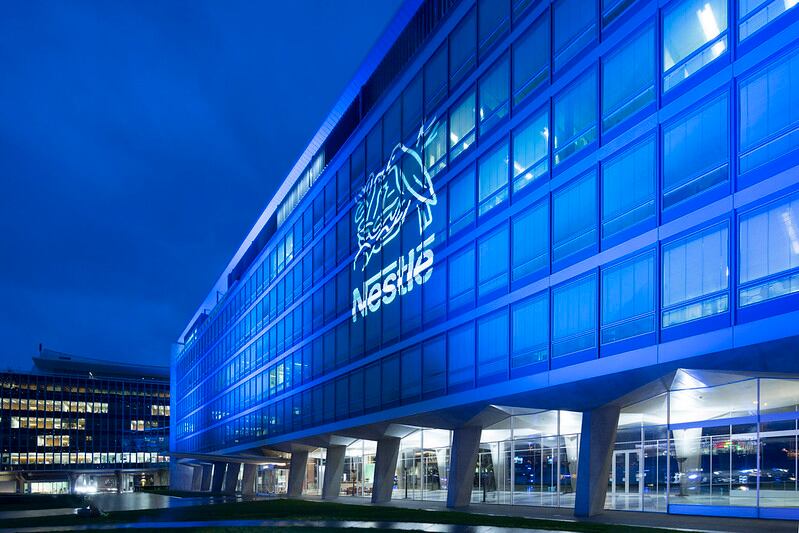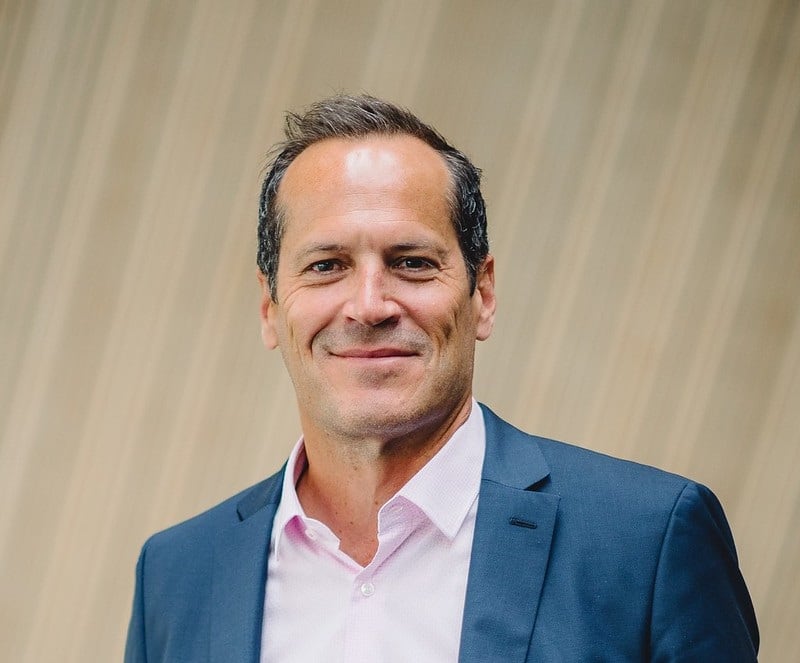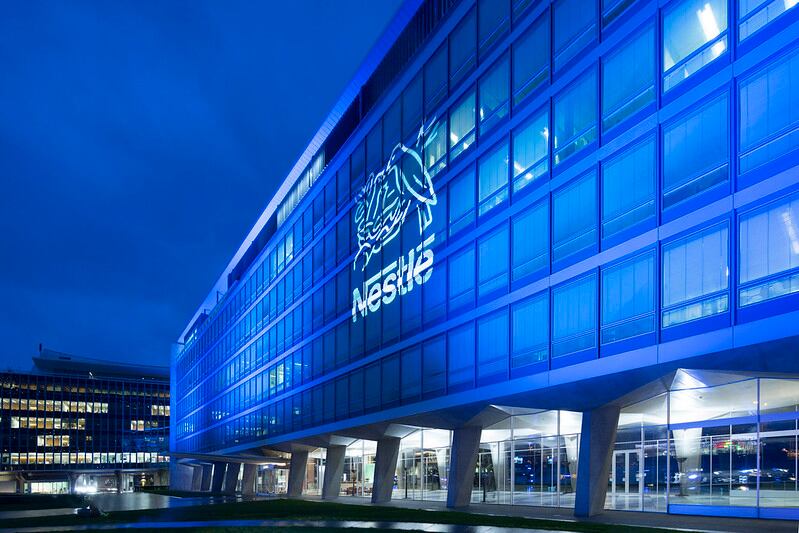The decision came just six weeks after Navartil’s appointment, following the scandalous exit of Laurent Freixe.
Despite the swift and unexpected firing, CFO Anna Manz said with Freixe in his 60s, the Board had been considering succession plans already – the move was just quicker than anticipated.
“We didn’t expect to find ourselves here now. So timing has come earlier,” she said in an interview with Barclays in September.
Navartil has been with Nestlé for more than two decades, having joined the business as an internal auditor in 2001. He became CEO of Nestlé Nespresso in July 2024 and joined the Nestlé executive board in January 2025.
“He’s really come into that job fast, and I’ve seen him act to invest to drive growth boldly whilst driving simplification across the organisation,” Manz added, as she underscored the FMCG giant’s renewed focus.
The strategy, according to Manz, is about “running the business better”, with a more streamlined focus, identifying areas that are detracting from growth and those which are accelerating it. She pointed to categories such as RTD coffee and pets as two key areas of opportunity.
There are said to be 18 underperformers – roughly 21% of the business’s revenue – which Manz says has seen improvement, including creamers and frozen food.
“We have closed the share loss drag associated by those underperformers by more than a third in the last six months. Some of them, actually three or four of them, are now in what I would call sustained share gain.”
Nestlé, which employs 277k employees worldwide, with 337 factories in 75 countries, has had a tough few years. Total sales for 2024 sat at CHF 91.4 billion – representing a continuous fall since 2022 (2023 93BN, 2022 94.4BN). And they’re still falling – a drop of 1.8% according to its 2025 half year report.
Navartil remains positive, saying the “results are starting to come through” but the business “must do more and move faster”.
What’s Navartil’s strategy?
The ‘more faster’ has come in the form of 16,000 planned job cuts over the next two years and an ambition savings target.
“When you then absorb the fact that their [Nestlé’s] half year net profit (to June 2025) has dropped a further 10.3%, it’s not surprising that Nestlé’s leaders are taking measures to ‘substantially reduce costs’ to save CHF 3bn by 2027,” commented Fintan O’Leary, executive chairman for category consultancy firm, Levercliff.
“Understandably, the negative aspects of this news has been carefully balanced to focus on Nestlé’s ‘increased ambition, investing at scale and driving innovation to deliver accelerated growth and value creation’.”
While O’Leary says the cost cutting and investments from Nestlé make sense on paper, he believes the business will struggle unless their savings are re-invested and translated into innovative, higher margin solutions/categories.
“It is likely that the savings will help Nestlé to have a chance of maintaining profitability at previous levels, as I expect profitable growth in their mature categories, and success via innovation will be hard to come by in such a short timescale,” he added.
Nestlé isn’t the only giant making bold moves, Unilever confirmed its demerger of its ice cream business by the end of the year just last week.
“In a food and drink industry which is traditionally volume driven and low margin and held back by declining/flat volumes in recent years, Unilever recognises that despite its powerful market position in ice cream, the only path to profit growth (or even maintenance) is via annual price increases,” O’Leary added.
“Hence why it is demerging its Ice Cream business to focus on more in-elastic categories which sell well in channels other than just retail grocery (e.g. digital commerce) and in markets where there may be more headroom for volume growth (e.g. Asia Pacific, Africa.)
“For Nestlé, which is highly exposed to retail grocery markets globally and to food and drink categories, the prospect of flat or declining volumes in categories which also have strong headwinds (e.g. health/GLP-1/ongoing cost of living challenges) is really concerning. Hence cost cutting being essential.”
‘Cutting to run faster’
Richard Kottmeyer, partner and global practice leader in food, ag and nutrition for insights firm FutureBridge, says the cost cutting isn’t about shrinking, it’s about “cutting to run faster.”
“Navratil is executing a textbook capital unlock and innovation velocity strategy, the kind that reclaims growth by freeing resources from legacy drag,” he explained.
“The announced 16,000 job cuts (≈7% of the workforce) are not simply cost containment; they’re a structural pivot toward faster innovation cycles, sharper portfolio focus, and disciplined reinvestment in high-return categories.
“Navratil’s agenda mirrors what he perfected in Nestlé’s coffee systems business – shorter innovation cycles, premiumisation, and consumer-centric agility. Expect that same ‘brief-to-shelf’ rigor across divisions: pruning low-ROI SKUs, tightening performance gatekeeping, and redeploying capital into trend-responsive product launches and data-driven pricing.
“This isn’t austerity. It is a ‘fuel for growth’ playbook. The targeted CHF 3 billion in savings by 2027 will fund a step-change in marketing, consumer insights, and brand renovation. Navratil is effectively transforming working capital into innovation oxygen, following the model of fast-fashion’s most nimble operators: reallocate, prune, invest, repeat.”
Kottmeyer says analysts are cautiously optimistic: “Commentary highlights clear directional intent, with margin repair as the means, innovation leadership as the end. The new mantra inside Vevey [Switzerland]: ‘Winning is rewarded; losing share isn’t tolerated.’
“Expect faster product rollouts, bolder category bets, and a company rediscovering offense through disciplined capital rotation.”
In a tough economy, it’ll be interesting to see how fast Navartil can run.





